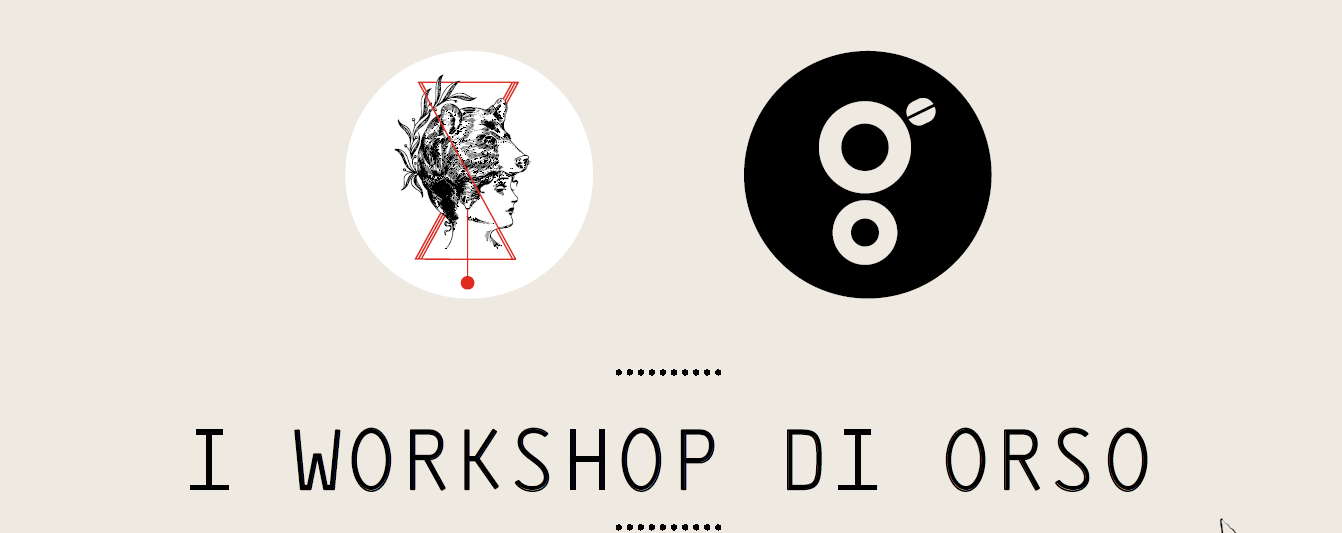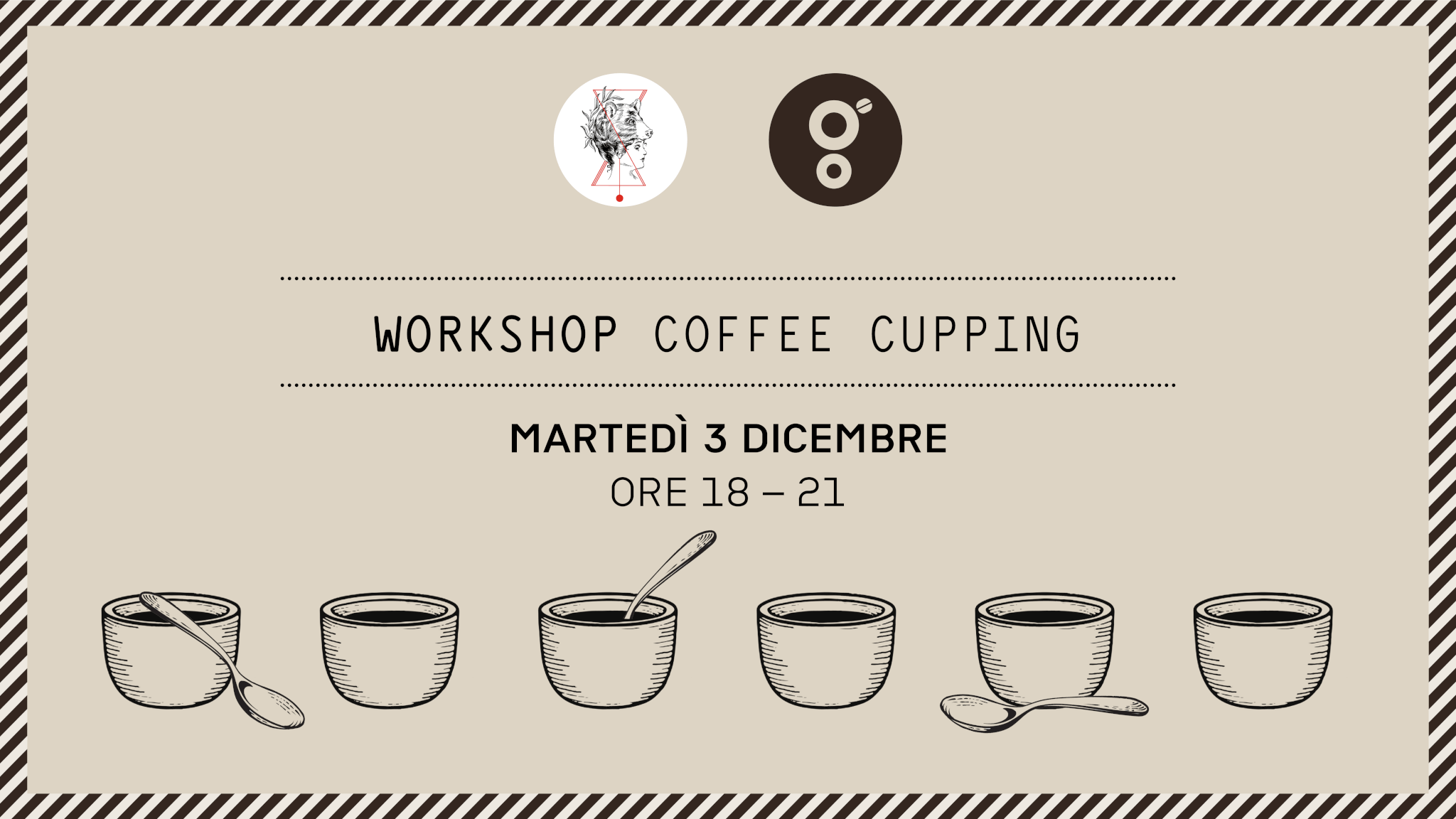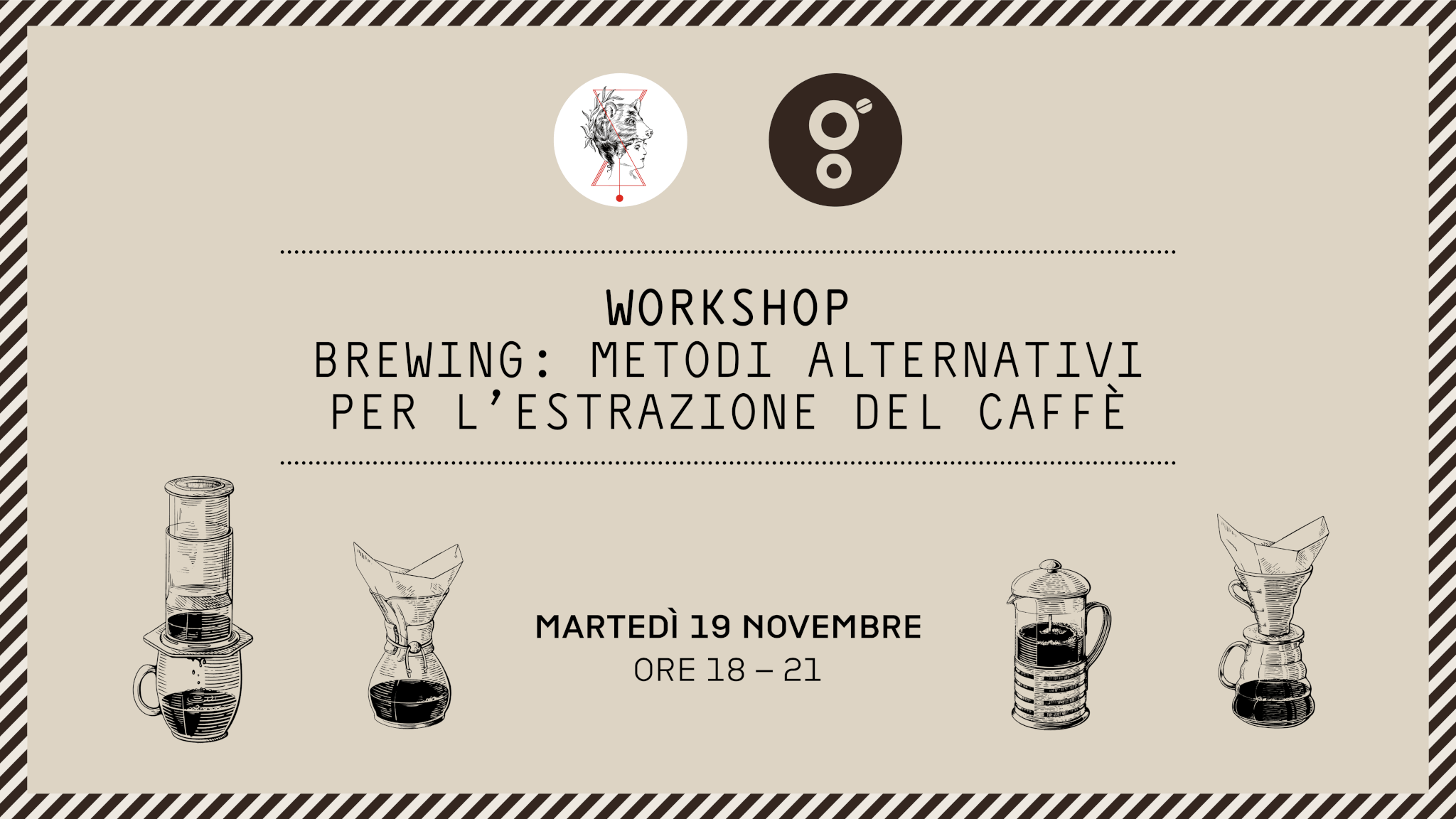Name: Parchment PB
Location: Karnataka, South West India
Coffee Type: Washed robusta
Varietal: Catimor/Kent
Beans: peaberry
Harvest period: November – February
Processing: Fully washed
Mountain: Western Ghats
Elevation: 700 – 1000m
Taste: clean, gentle, pure cocoa powder, light acidity
Indian coffee is for the largest part produced in the hilly southern states of the country. The biggest coffee producing state is Karnataka, accountable for about half of the national production, followed by Kerala and Tamil Nadu. Other smaller coffee growing areas in the east are on the rise as well, like Andra Pradesh and seven northeastern states Assam, Manipur, Meghalaya, Mizoram, Tripura, Nagaland and Arunachal Pradesh. Smallholders cover most of the coffee producing areas and produce the largest half of the total annual crop. The other part is grown on large plantations and is mostly all fully washed.
India is probably most well-known for its robusta production, grown at altitudes between 400 and 1000 meters above sea level, and for the arabica plantation and Mysore qualities. Both arabica and robusta qualities are generally shade-grown, by which India claims to be the producer of the finest shade-grown coffee in the world. Robusta has a slightly longer history in the country than arabica. The first robusta plant was planted in the Wayanad district of the Kerala State around 1905. Much of the present-day robusta plants in India are derived from those pioneer plantings. In 1920, the Kent cultivar was introduced into the country, which was soon after attacked by coffee leaf rust. Ever since then, finding a rust-resistant cultivar has been the most important focus in the country’s coffee production.
Coffee flowering starts in March/April at the start of the main rainy season. Harvesting generally takes place from November to February for Arabica, and from January to March for robusta. It still is an entirely manual endeavor, thanks to which only the ripe cherries are picked in several harvesting rounds.
Classification system
Indian coffees are classified according to a particular and rather complex system of grading, region and specialty grades. Next to the regular coffee grades for washed and unwashed arabica and robusta coffees – A, AA, AB, B, C and PB for peaberry -, there’s also a classification for brown and black beans, which are removed from the regular grades by electronic and manual color sorting, for bits – beans smaller than grade C and broken beans – and for bulk, which consists of ungraded and unsorted coffee beans.
In addition to the visual aspect and screensize, coffees are also identified by their region of origin, like Mysore, Malabar, Wayanad, and so on.
The classification system can actually be specified even more according to process. Dry-processed coffees will have “cherry” in their grade description, whereas wet-processed arabica coffee is called “plantation A” and wet-processed robusta “parchment robusta”.
Specialty coffee grades are the washed arabica Mysore Nuggets Extra Bold (or Elephant Bean), the A-grade washed Robusta Kaapi Royale and Monsooned coffees. AA and A grades of cherry arabica and robusta are used for monsooned coffees.
These beans were grown in the Karnataka State of South East India, which was originally named the State of Mysore. The state has no less than three geographically distinct zones: the coastal region of Karavali, the Malenadu region with the Western Ghats mountain range and the Bayaluseeme region with the Deccan Plateau. The Western Ghats region in Kerala and Tamil Nadu is where most large coffee plantations can be found.
India might arguably be the country with the most developed robusta production. A lot of research and selection has been done by the Central Coffee Research Institute on varieties and cross-breedings to not only find the best arabica, but also to find the highest quality robusta that’s most-suited to the environmental conditions in India. It’s no surprise that this India Parchment PB is one of the nicest robusta coffees around. It’s clean and gentle cocoa powder character with a subtle acidity makes you wonder why robusta has such a stigma in the first place.






